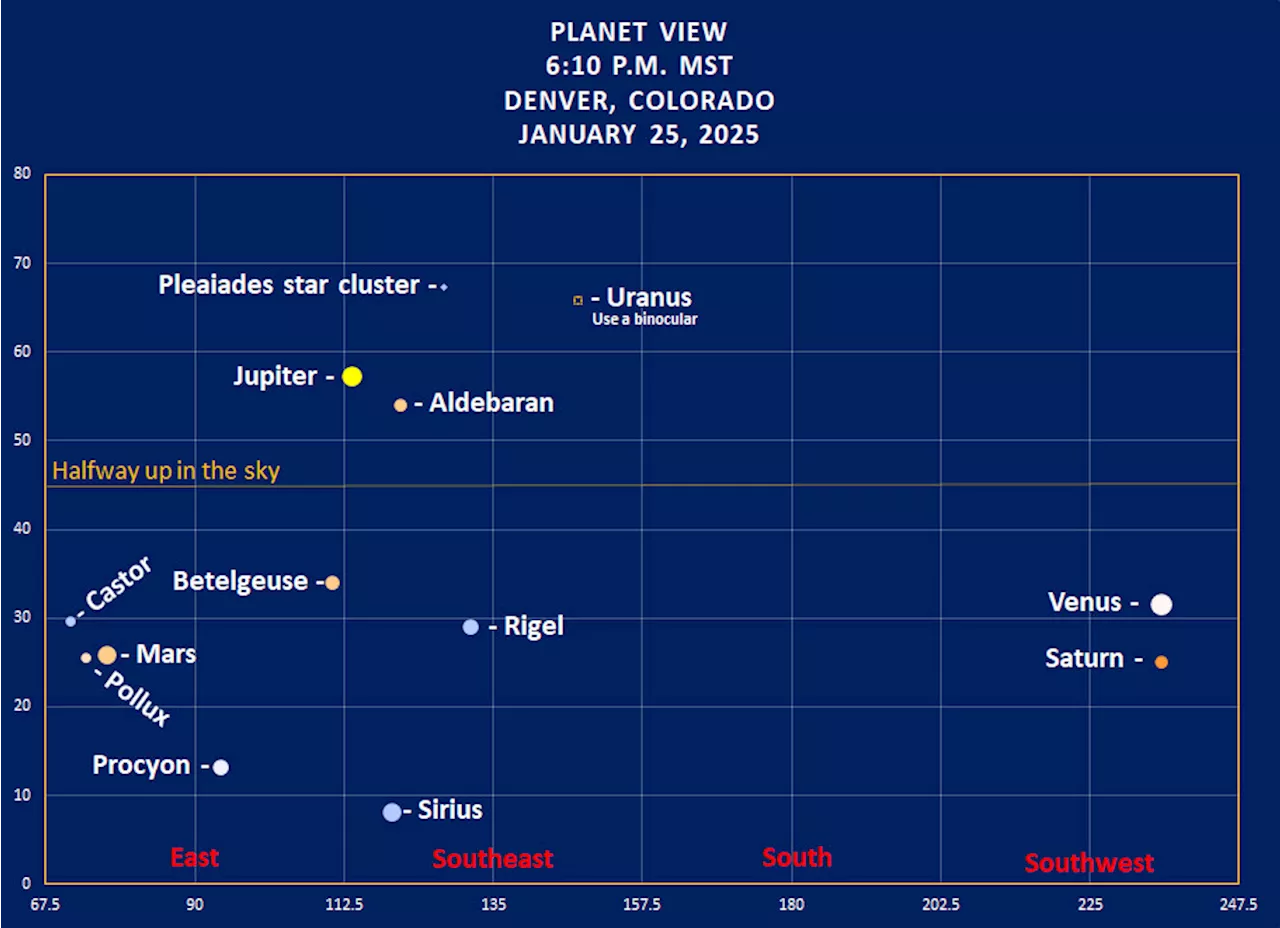While some online sources have hyped a rare planetary alignment, astronomers say it's not as extraordinary as portrayed. However, if the sky is clear Saturday evening an hour after sunset, skywatchers can still enjoy a beautiful display with five planets visible to the naked eye.
If the sky is clear, five planets — Mars , Jupiter, Uranus , Venus and Saturn — will be visible Saturday evening an hour after sunset. Astronomers are saying that a celestial event being hyped by some internet sites as an extremely rare planetary alignment has been oversold, but it should be a cool show if the sky is clear Saturday evening. The event has been portrayed by some as if six planets are queuing up one after another in a conga line, making it an epic event not to be missed.
One headlined it as, ‘That’s the alignment that the people who don’t know what they’re talking about are claiming,’ said Jeff Hunt, a retired Illinois planetarium director whose website It should be worth checking out, though. An hour after sunset, Venus and Saturn will be visible in the southwest, with Mars and Jupiter in the east. All four will be visible to the naked eye. “At least 45 minutes to an hour after sunset, you can see all four of them easily in an arc, starting in the southwest and coming back to the east-northeast,” Hunt said. “They’re lined up along the plane of the solar system.” Venus and Saturn will be seen low in the southwestern sky with Saturn below Venus. Venus passed Saturn last week. “Jupiter is higher in the sky in the east, noticeably dimmer than Venus,” Hunt said. “Venus is the brightest star-like object and Jupiter is the next brightest, higher in the eastern sky. Mars is distinctly reddish, rosey or peach color, down to the lower left of Jupiter. It’s the third-brightest planet, but the star Sirius is slightly brighter. Venus, Jupiter and Mars are distinctly brighter than almost everything else in the sky,” except for the moon.“We’re seeing them along the plane of the solar system (across) the sky,” Hunt said. “They’re not all lined up; they’re scattered on the same side of the solar system, and we see them along the arc of the solar system. People are calling that this magic alignment. They just misunderstand it.” Two other planets will fall along that arc. Uranus should be visible with binoculars. Neptune will be on that arc, but probably too faint to see. The next celestial event of note will be a total lunar eclipse, visible in Denver the night of March 13-14
PLANETARY ALIGNMENT VENUS SATURN MARS JUPITER URANUS NEPTUNE SKYWATCHING
United States Latest News, United States Headlines
Similar News:You can also read news stories similar to this one that we have collected from other news sources.
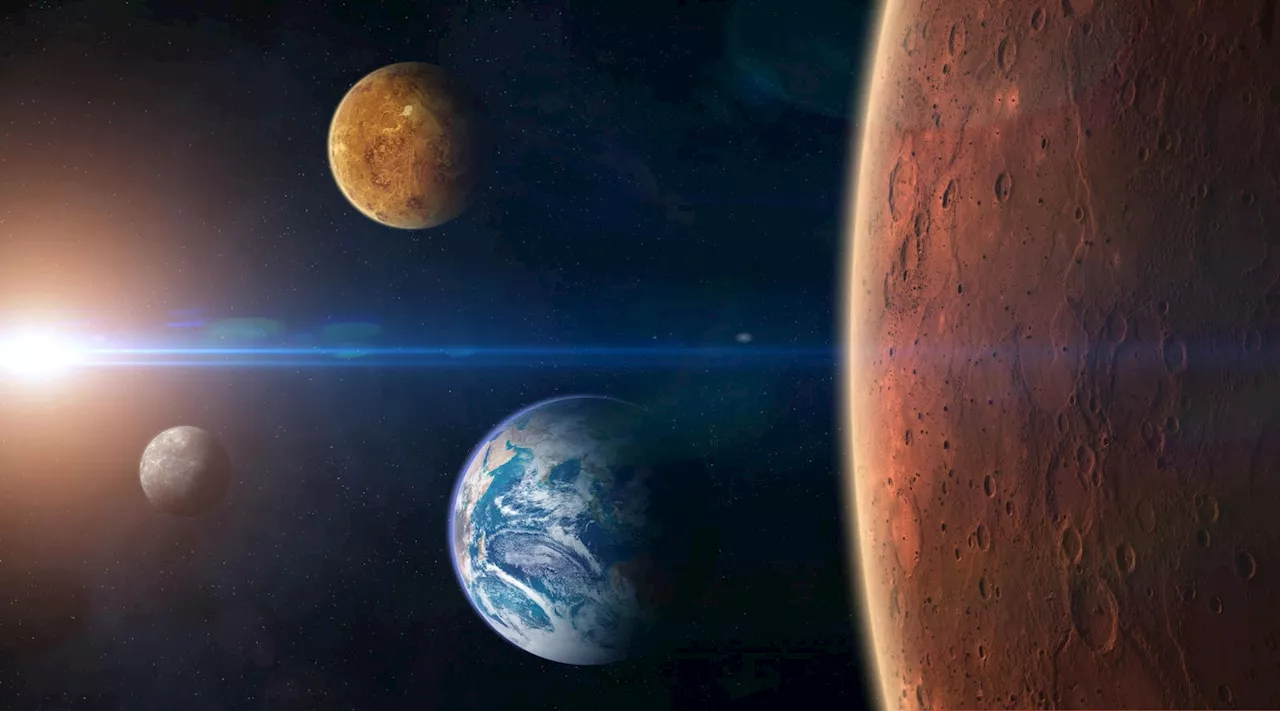 Planets Align in Night SkyThis month, several planets are visible in the night sky, including Jupiter, Mars, Venus, Saturn, Uranus, Neptune. Learn when and where to look for them.
Planets Align in Night SkyThis month, several planets are visible in the night sky, including Jupiter, Mars, Venus, Saturn, Uranus, Neptune. Learn when and where to look for them.
Read more »
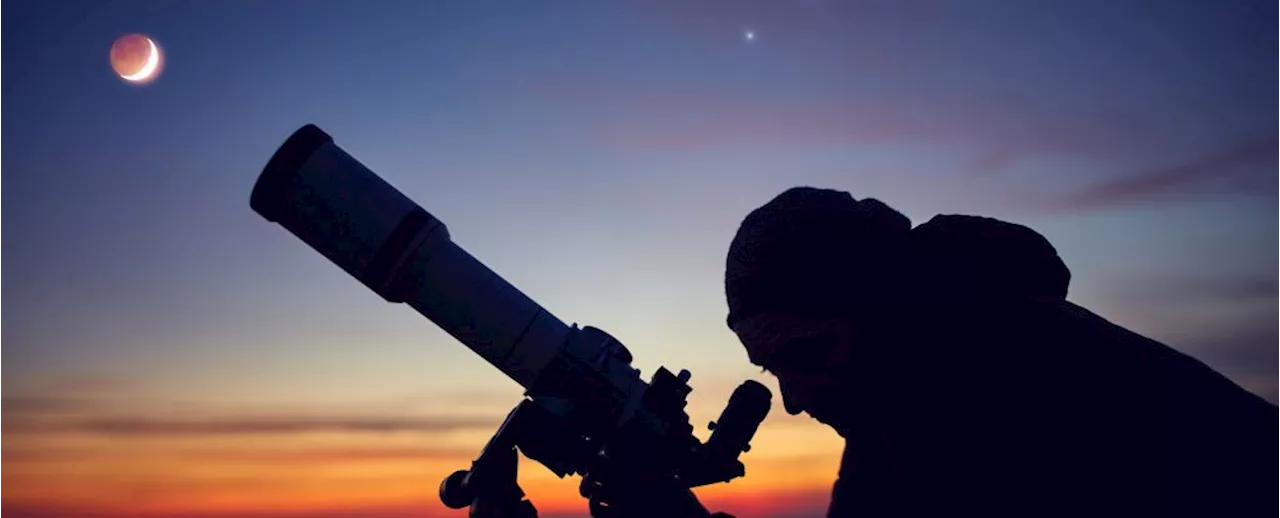 Seven Planets Align in the Night SkyA rare planetary alignment will occur in late January and early March 2025, with all seven planets in the Solar System visible in the night sky.
Seven Planets Align in the Night SkyA rare planetary alignment will occur in late January and early March 2025, with all seven planets in the Solar System visible in the night sky.
Read more »
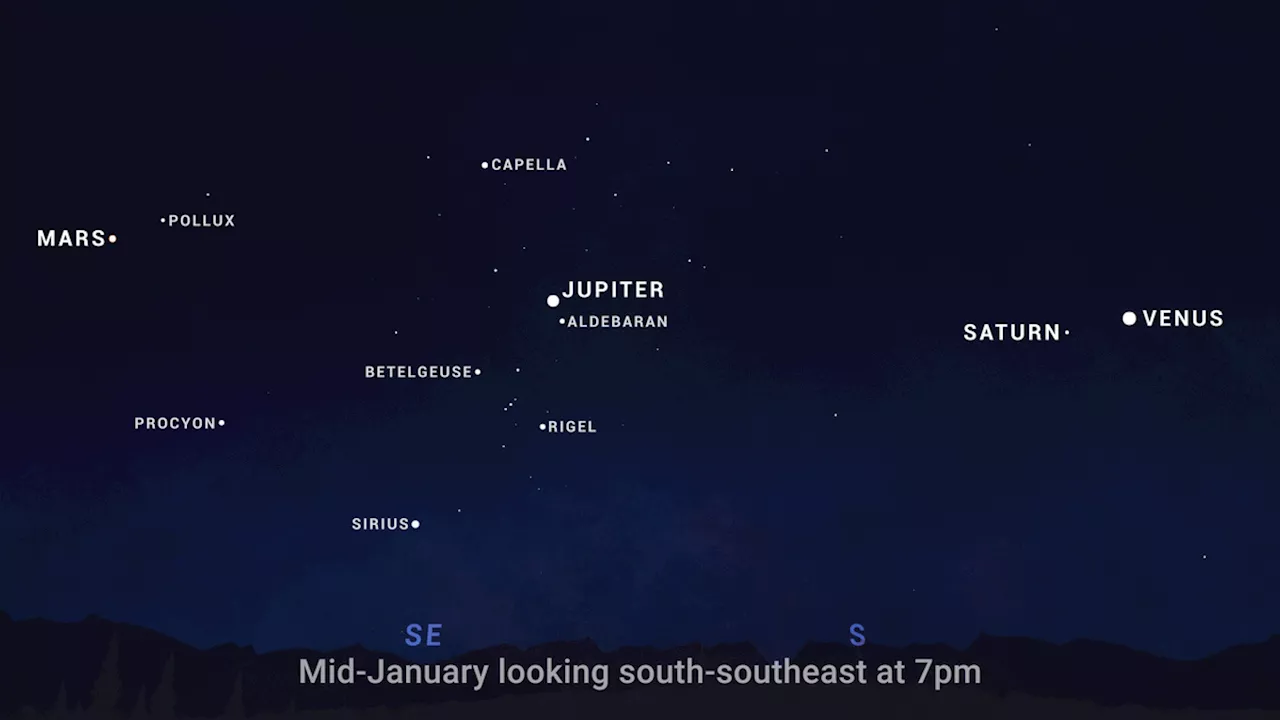 Four Bright Planets Align in 'Planetary Parade' This MonthFour bright planets, Venus, Mars, Jupiter, and Saturn, are visible together in the night sky this month in what NASA calls a 'planetary parade'. This alignment, while appearing dramatic, is a common occurrence due to the planets' orbital paths.
Four Bright Planets Align in 'Planetary Parade' This MonthFour bright planets, Venus, Mars, Jupiter, and Saturn, are visible together in the night sky this month in what NASA calls a 'planetary parade'. This alignment, while appearing dramatic, is a common occurrence due to the planets' orbital paths.
Read more »
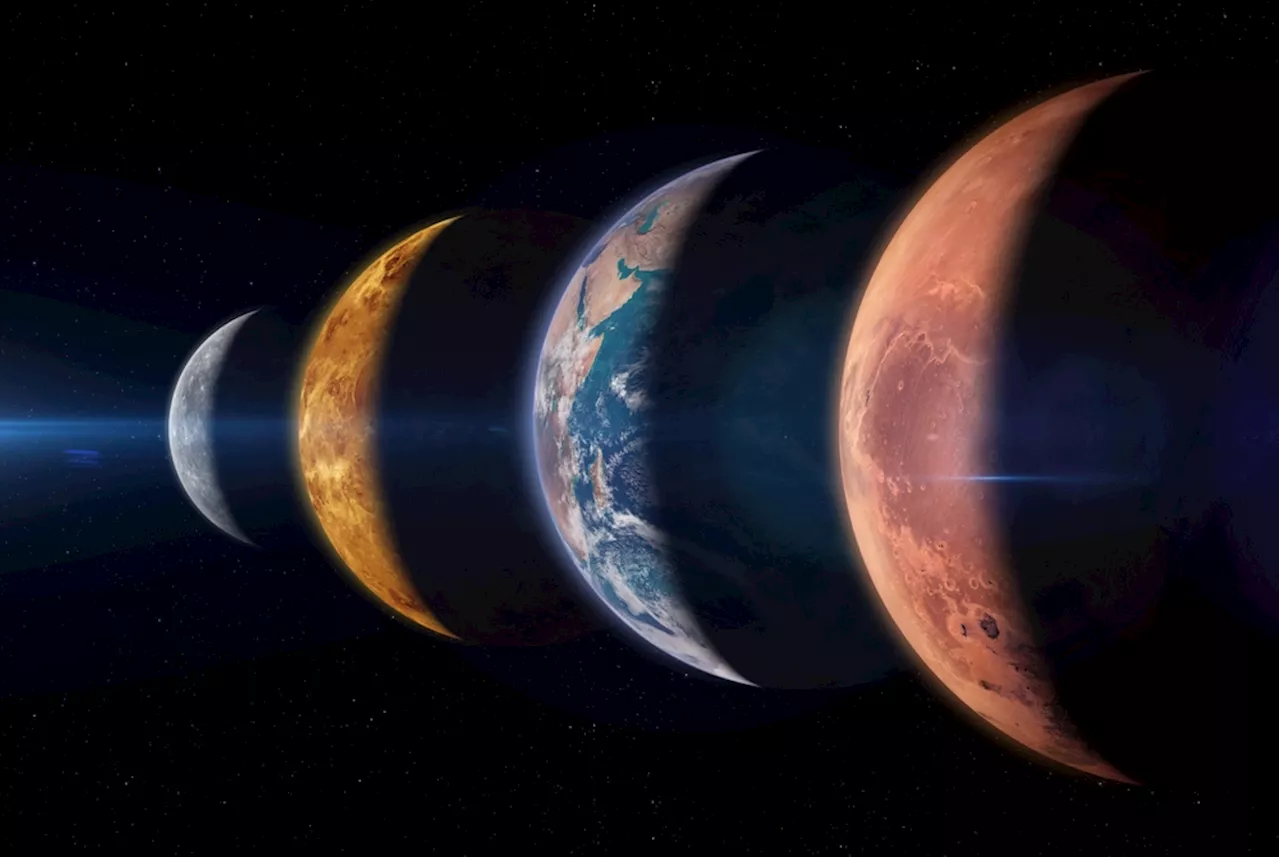 Prepare for a Celestial Spectacle: Seven Planets Align in the Night Sky in 2025Witness a rare planetary alignment on February 28, 2025, as seven planets in our solar system converge in the night sky. Learn about common misconceptions surrounding this celestial event and discover how to best observe this captivating display.
Prepare for a Celestial Spectacle: Seven Planets Align in the Night Sky in 2025Witness a rare planetary alignment on February 28, 2025, as seven planets in our solar system converge in the night sky. Learn about common misconceptions surrounding this celestial event and discover how to best observe this captivating display.
Read more »
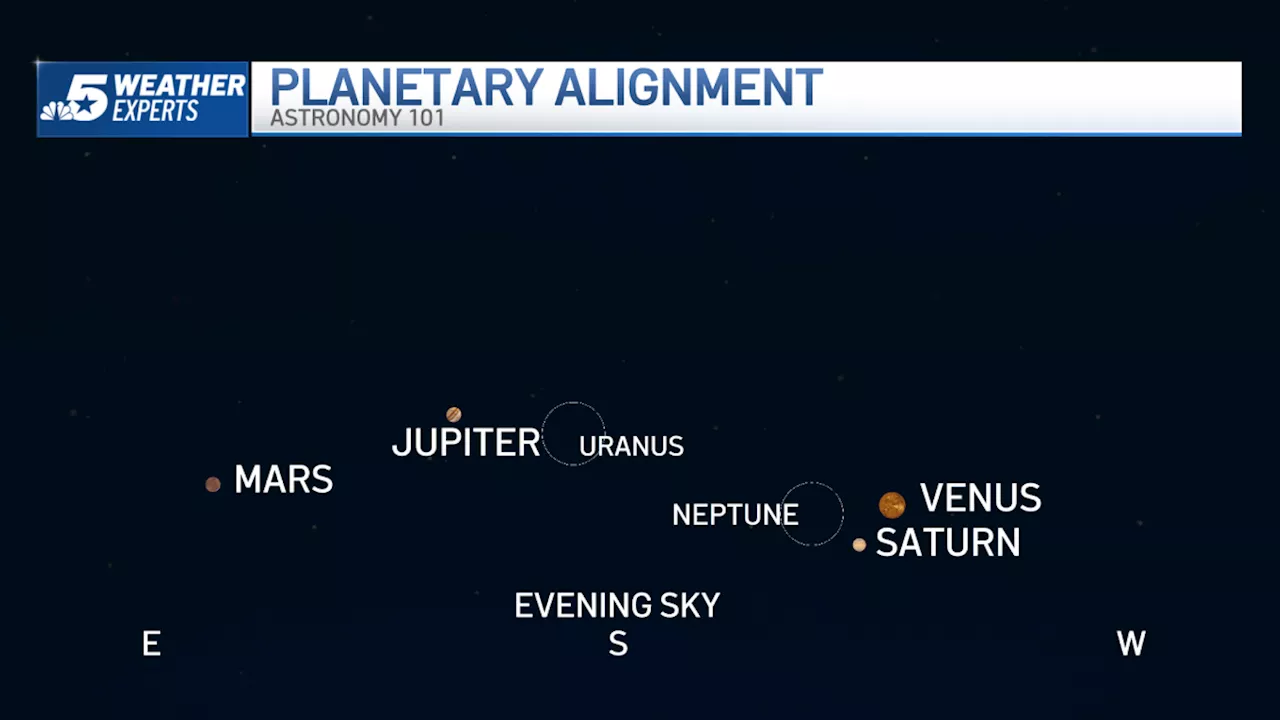 Six Planets Align in North Texas Night Sky in January 2025A rare planetary alignment will treat North Texas skywatchers to a celestial spectacle when six planets - Mars, Jupiter, Uranus, Neptune, Saturn, and Venus - will create a visible arc in the evening sky.
Six Planets Align in North Texas Night Sky in January 2025A rare planetary alignment will treat North Texas skywatchers to a celestial spectacle when six planets - Mars, Jupiter, Uranus, Neptune, Saturn, and Venus - will create a visible arc in the evening sky.
Read more »
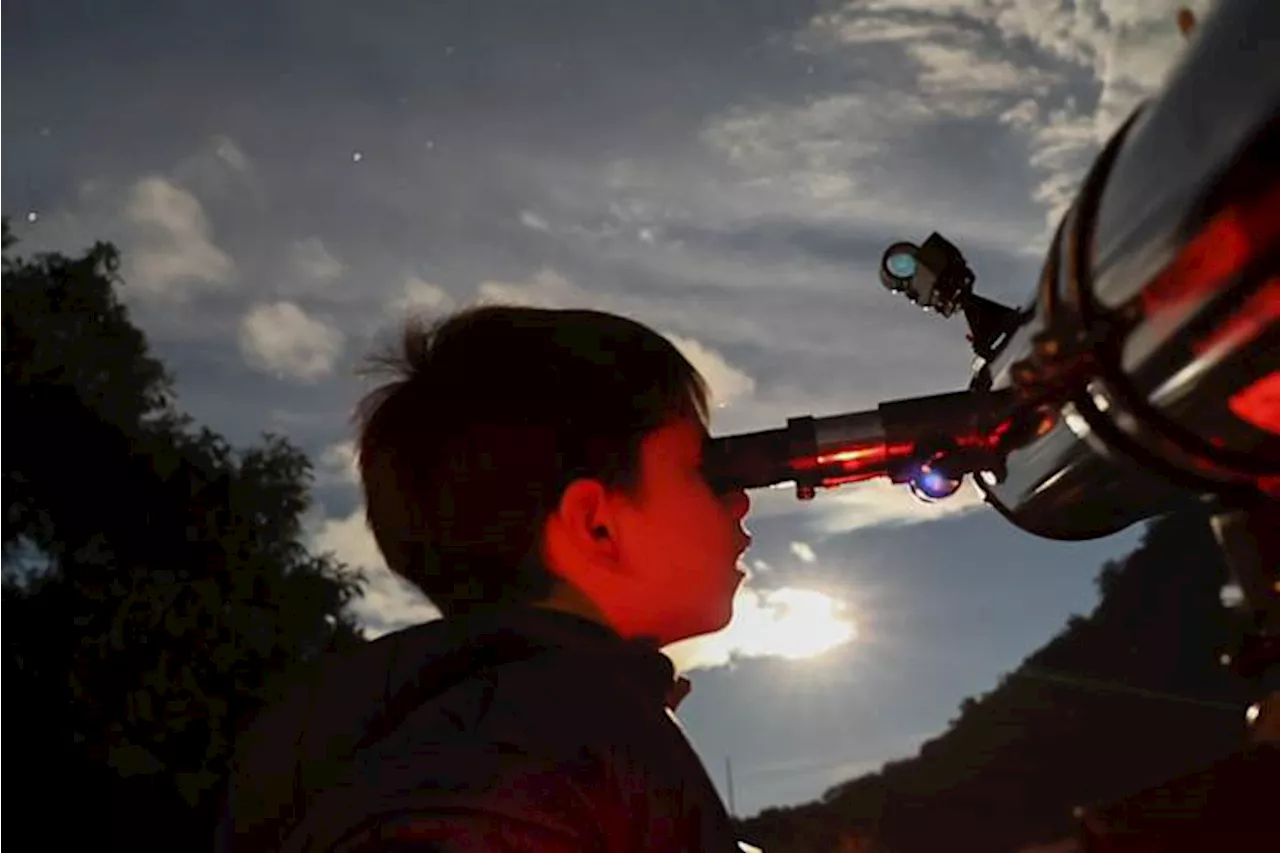 Planets Align for a Spectacular Celestial ParadeThis month, skywatchers can witness a rare planetary alignment, with Venus, Mars, Jupiter, and Saturn visible to the naked eye. Uranus and Neptune can be spotted with binoculars or telescopes, creating a dazzling spectacle.
Planets Align for a Spectacular Celestial ParadeThis month, skywatchers can witness a rare planetary alignment, with Venus, Mars, Jupiter, and Saturn visible to the naked eye. Uranus and Neptune can be spotted with binoculars or telescopes, creating a dazzling spectacle.
Read more »
